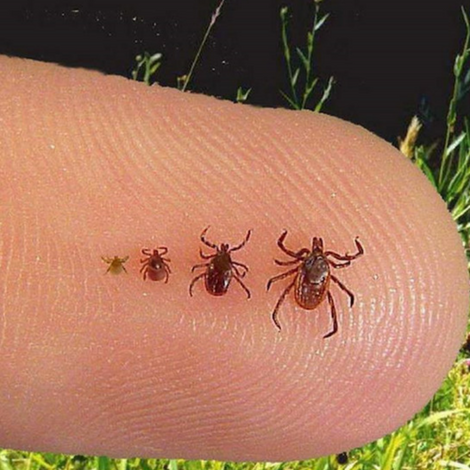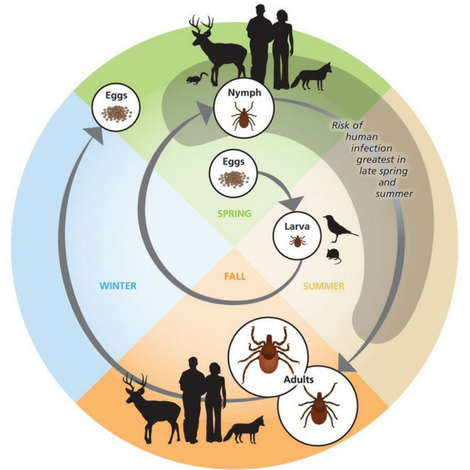tick life cycle canada
Females deposit from 3000 to 6000 eggs on the ground. Late September to mid-December are ideal questing times for adult blacklegged ticks.
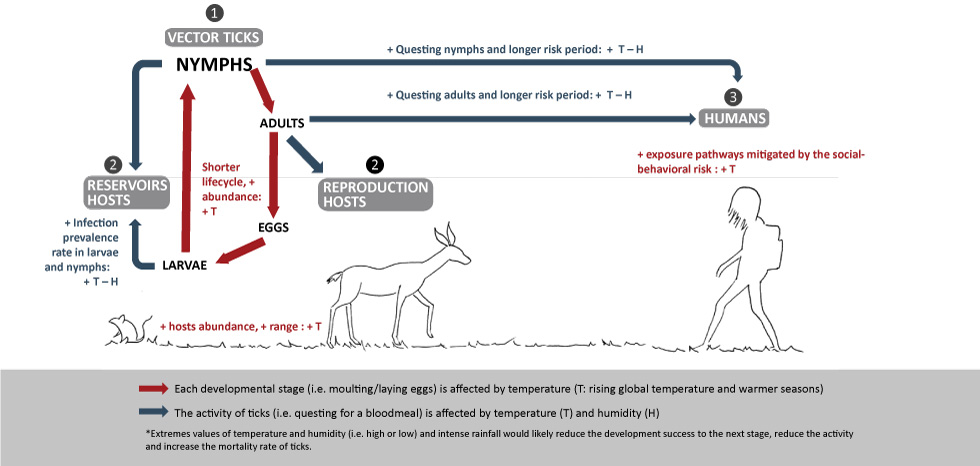
Tick Borne Disease With Climate And Environmental Changes Canada Ca
During this development ticks go through four stages of life.
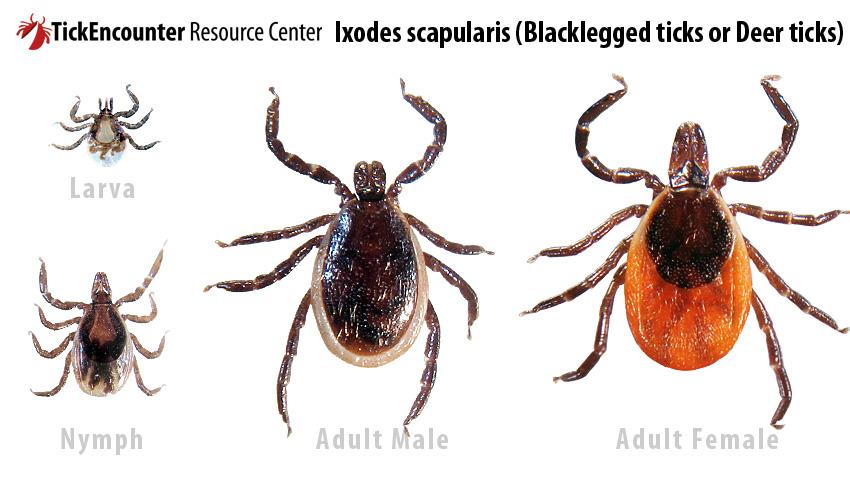
. Tick found in southern and eastern Canada and the western black-legged tick found in the West. The tick grows from approximately 03 cm when unfed to 06 cm when partially fed. The majority of hard ticks require three different hosts to complete their development.
Each stage of the life cycle requires a blood meal to develop and eggs typically hatch into six-legged larvae after a period of four to 10 days. After a two-year life cycle a female tick can lay thousands of eggs. In warmer temperate regions the life cycle can occur year-round both inside and outside.
Ixodes scapularis the black-legged deer tick which is the primary vector for Lyme disease has a four-stage life cycle and a lifespan of about two years. As they feed the ticks stomach gets bigger. Ticks have four distinct life stages.
Eggs are not dangerous and. That gives them plenty of opportunity to pick up a pathogen that they can later transmit through their saliva when they bite someone. The Rocky Mountain wood tick is a three-host tick a new host being sought for each one of its three feedings which occur over a period of 1 to 3 years.
What is the life cycle of the tick. Females deposit from 3000 to 6000 eggs on the ground. The risk of Lyme disease in Toronto is ever-increasing making the issue a growing concern in all of Canada.
After hatching from the eggs ticks must eat blood at every stage to survive. The eggs hatch and six-legged larvae emerge from the eggs. Black Legged ticks are the common vector for Lyme Disease.
Lone Star tick or Amblyomma americanum. Soft ticks do not have the hard shield and they are shaped like a raisin. The female ticks get engorged after feeding.
The ticks can become vectors of the Lyme disease-causing. Become greyish as they continue to feed. THE TICK LIFE SPAN A ticks life span may depend on a number of factors including the type of species.
The Brown dog ticks entire life cycle can take just two months to complete but will frequently take longer if there are few hosts present. Two of the most common types are Black Legged ticks formerly know as the Deer Tick and the American Dog tick. Ticks that require this many hosts can take up to 3 years to complete their full life cycle and most will die because they dont find a host for their next feeding.
Adult ticks seek host animals to feed on and after engorgement on blood they quickly mate. Ticks have a two year life cycle. In Canada you will most likely spot the black-legged breed popularly known as the deer tick.
Four Life Stages. Egg Larvae Nymph and Adult. Ticks have four distinct life stages.
It is even believed that the month of May is a month of awareness for Lyme disease. Egg six-legged larva eight-legged nymph and adult. Most ticks go through four life stages.
As the fall progresses American dog tick activity decreases significantly as the day length gets shorter. The life cycle of a tick is completed after four stages namely egg larva nymph and adult it requires more than a year to complete a full life cycle. Ticks have four distinct life stages.
A ticks life cycle may also impact life span. Both male and female ticks typically take blood meals before mating although females often become more engorged from the feeding than males do. Soft ticks prefer to feed on birds or bats and are seldom found on dogs or cats.
At each stage ticks require a blood meal to survive and develop. The females require a blood meal for laying eggs. The blacklegged tick or deer tick Ixodes scapularis is one of the most important ticks in the Northeast for human and animal health.
It is not unknown too that the transmitter of this outrageous disease. Females feed for 4-5 days. The female tick then leaves the host and.
There are dozens of different tick species that are commonly found across Canada. There are usually two to four generations per year. Generally adult female hard ticks breed while on the host animal and then drop to the ground to lay eggs.
Ticks lifecycle begins at the egg stage then proceeds to the larval stage nymphal stage and lastly the adult. The mites can be easily seen moving around in the haircoat walking dandruff. Peak activity of blacklegged ticks occurs in the fall.
These stages are egg larvae or seed tick nymph and adult. However the fall is when adult blacklegged ticks are most active as cool temperatures are ideal for them. Stages in the Life Cycle of Ticks.
Soft ticks prefer to feed on birds or bats and are seldom found on dogs or cats. The deer tick is the major reservoir of the Lyme disease bacteria Borrelia burgdorferi. What is the ticks life cycle.
However they can lay eggs just about anywhere else and they do. Unfed female ticks are dark reddish-brown. Become paler brown to yellow as they start to feed.
Distribution in Canada is not well documented but there is probably variation in occurrence in different regions of the country. Typical life cycle of the blacklegged tick Ixodes scapularis and associated infection by Borrelia burgdorferi in Canada showing the succession of immunological and environmental challenges to. They go through a two-year life cycle.
Female adults die after egg-laying is complete. These ticks take two years to complete their life cycle. They may become large and reddish-brown.
Life Cycle of Ticks. How long is a ticks life cycle. 1 The Egg Stage 1 After the adult female tick has acquired a proper blood meal she mates with the adult male tick leaves the host and searches for a suitable spot to lay her eggs.
A tick goes through a similar life cycle as other arthropods as the metamorphosis starts at the egg stage moves to larval stages then to the nymphal stage and finally to adult. Now let us look at their life cycle to get a better understanding. Ticks are found in many areas across Canada including southern Ontario.
Are dark grey-brown when fully fed. Usually rodents and other small animals serve for the first two feedings and large animals such as deer cattle dogs sheep and humans serve as the host for the last feeding. The entire life cycle of the mites adults eggs and larval stages occurs on the host.
This is the final stage of the tick life cycle. Lets review the life-cycle of a tick. When fully fed the tick is.
The First Stage egg The adult female tick first fulfills a proper blood meal then the process of mating occurs between an adult male and adult female tick. Its important to be familiar with this life cycle to get rid of ticks from your lawn and landscape and prevent tick bites. In early spring ticks begin to lay their eggs.
Inside or out ticks love a warm environment to lay their eggs. Ticks have 4 distinct stages to their life cycle. Ticks are not able to lay eggs directly on a host they must first detach.
A female tick is capable of laying more than a thousand eggs.
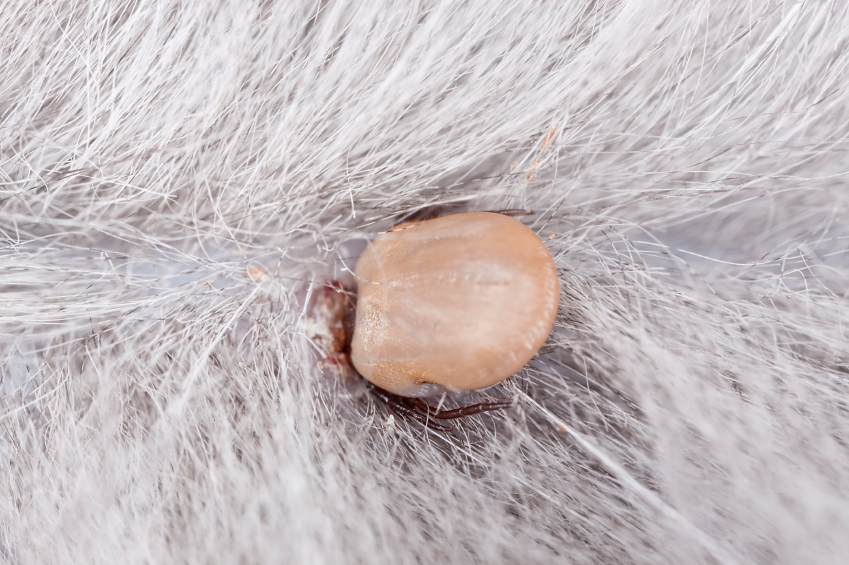
Ticks On Pets Morinville Veterinary Clinic
Transmission Canlyme Canadian Lyme Disease Foundation
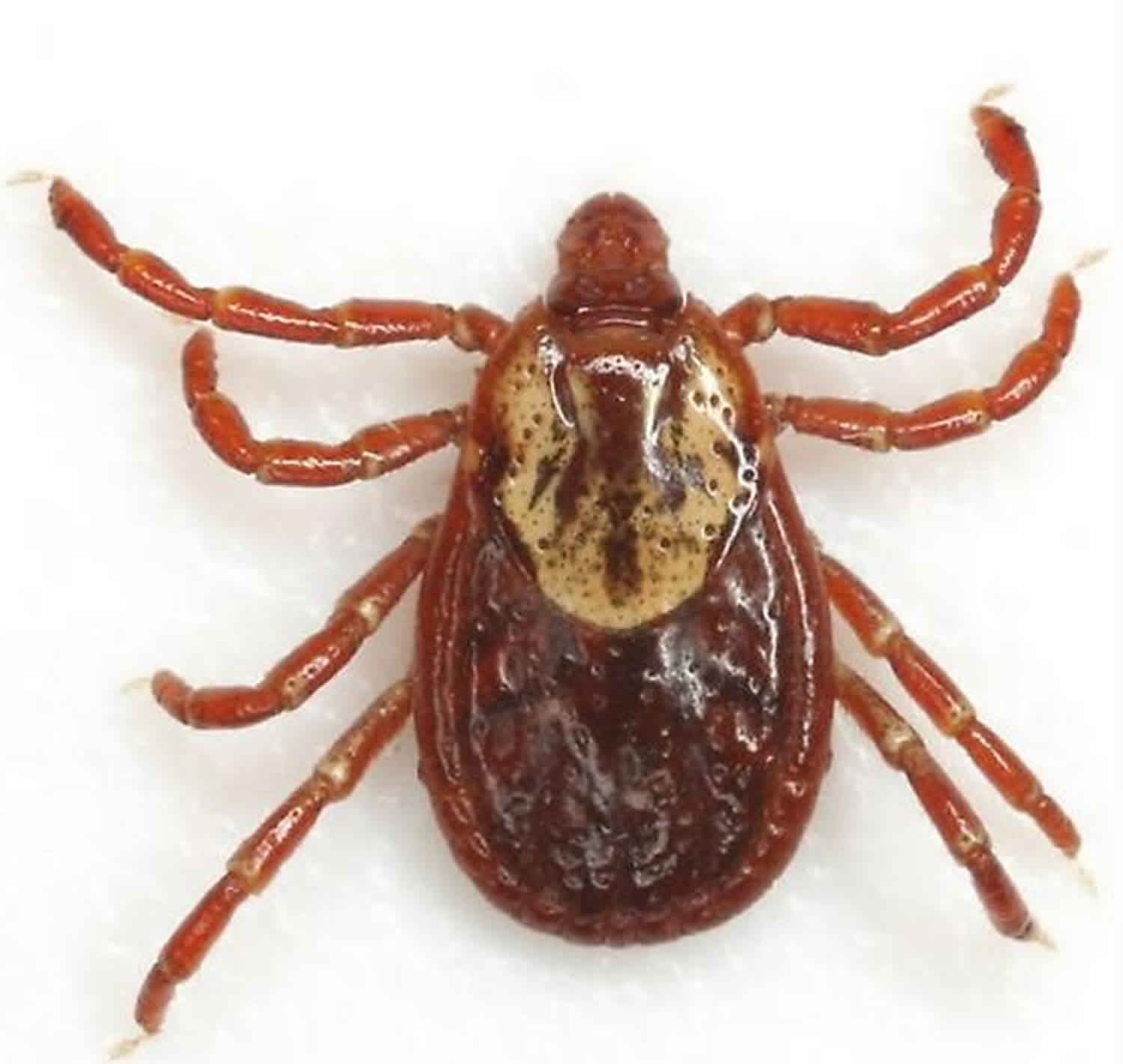
American Dog Tick Disease Life Cycle Prevention How To Remove A Dog Tick

American Dog Tick Dermacentor Variabilis Say

Life Cycle Of The Ixodes Tick Vectors Of Lyme Borreliosis Reservoir Download Scientific Diagram

Update Protecting Yourself Your Dog From Ticks Toronto 2020 Royal York Animal Hospital

Ticks Vectors Of Disease River Grove Animal Hospital Mississauga On

The Typical Life Cycle Of The Black Legged Or Deer Tick Ixodes Download Scientific Diagram
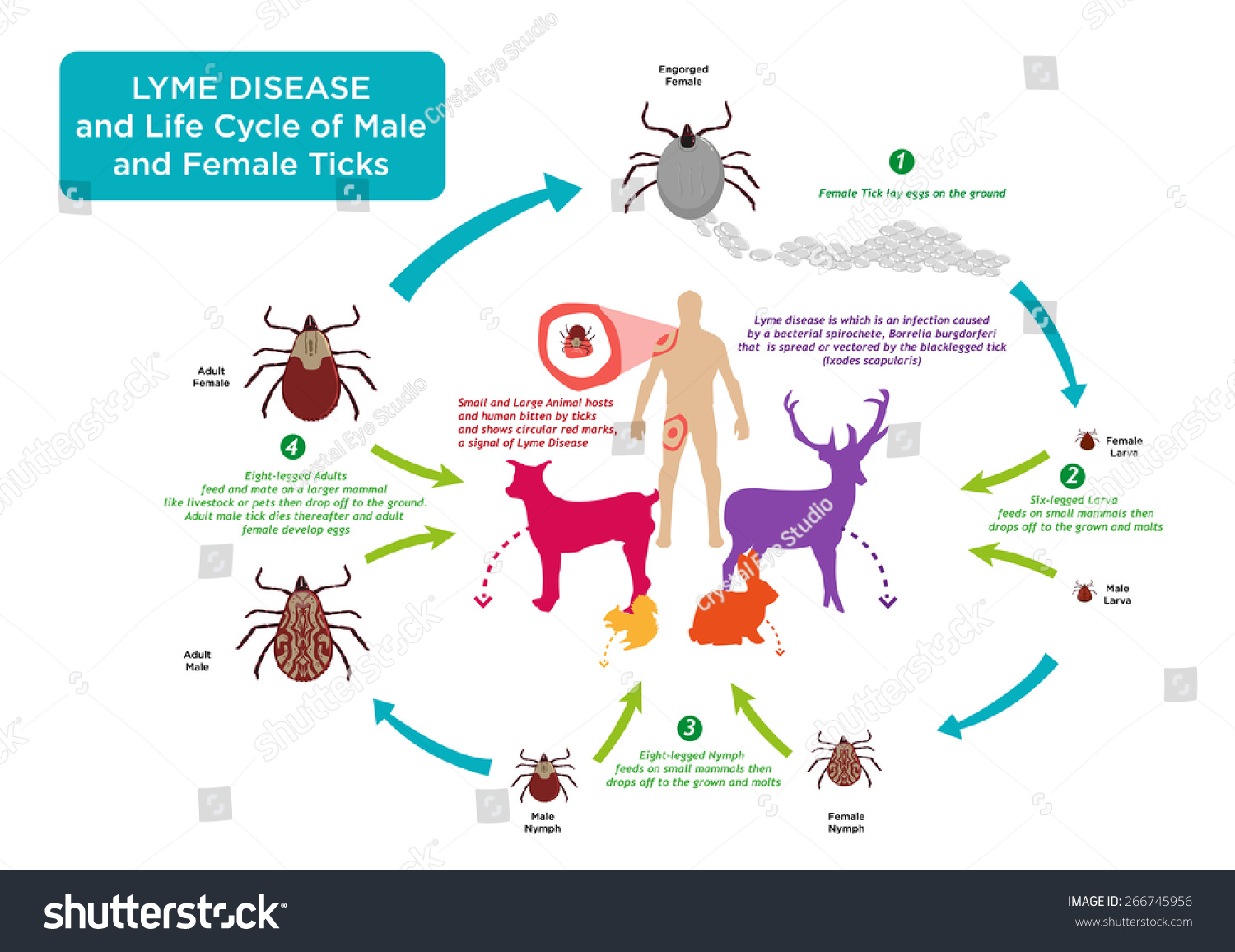
Life Cycle Tick Bug Common Hosts Stock Vector Royalty Free 266745956 Shutterstock
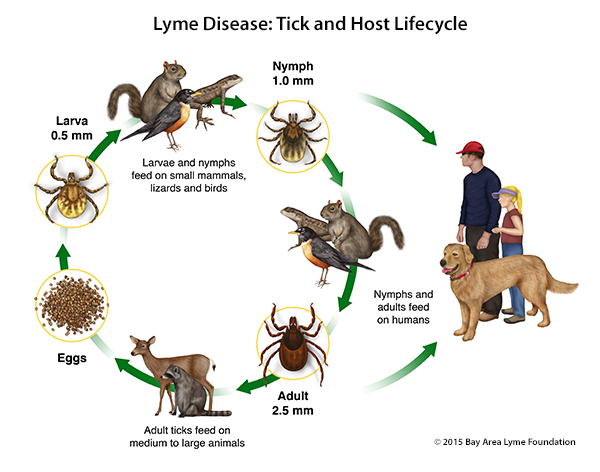
Park Animal Hospital Veterinarian In Mississauga On Canada Lyme Disease
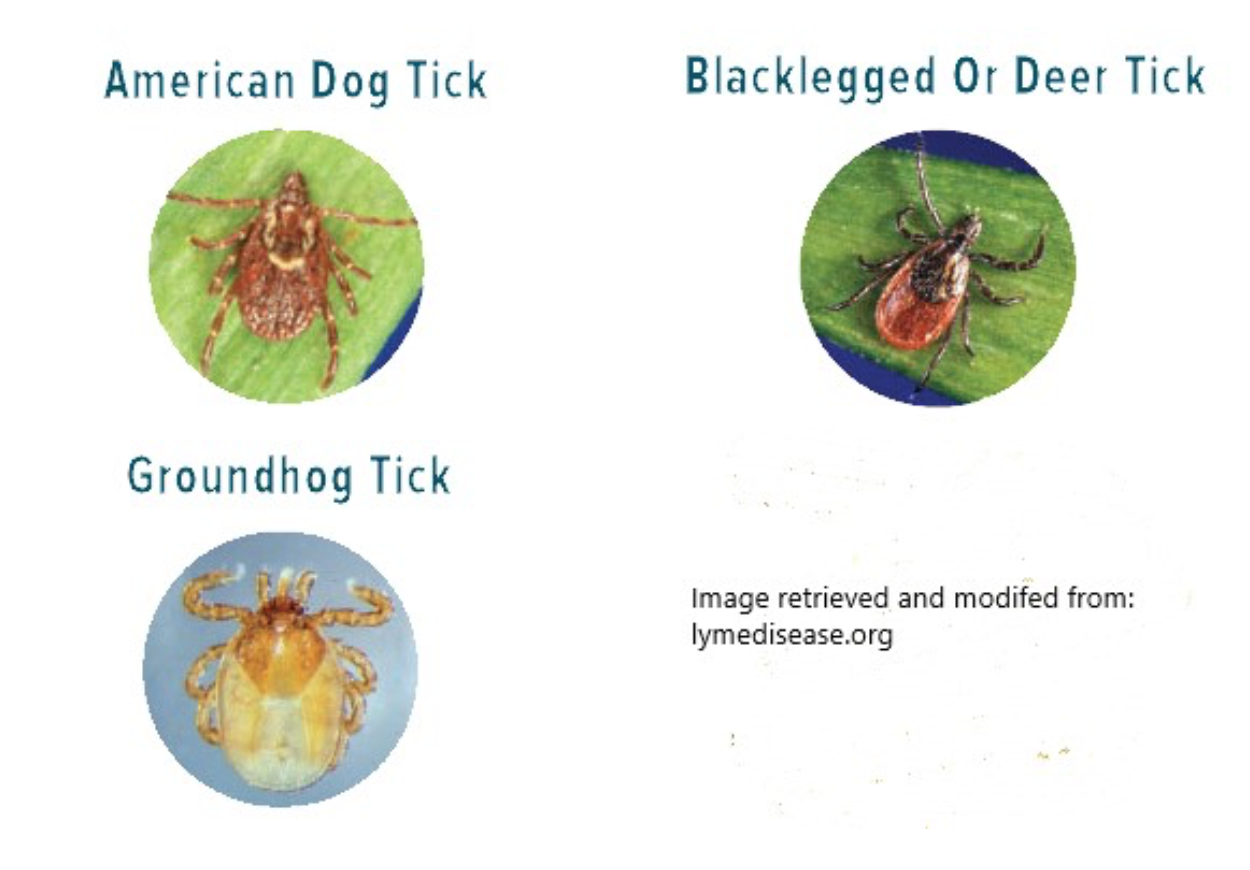
Ticks Lyme Disease And Our Pets St David S Veterinary Clinic
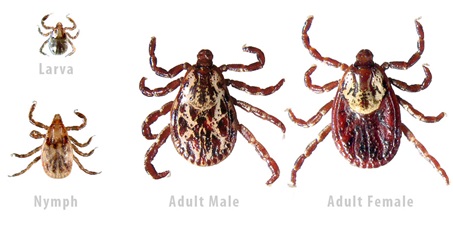
Ticks What Do I Need To Know As An Atlantic Canadian Mountain Road Animal Hospital

Tick Disease Prevention Tools Deerbusters Canada

Update Protecting Yourself Your Dog From Ticks Toronto 2020 Royal York Animal Hospital
